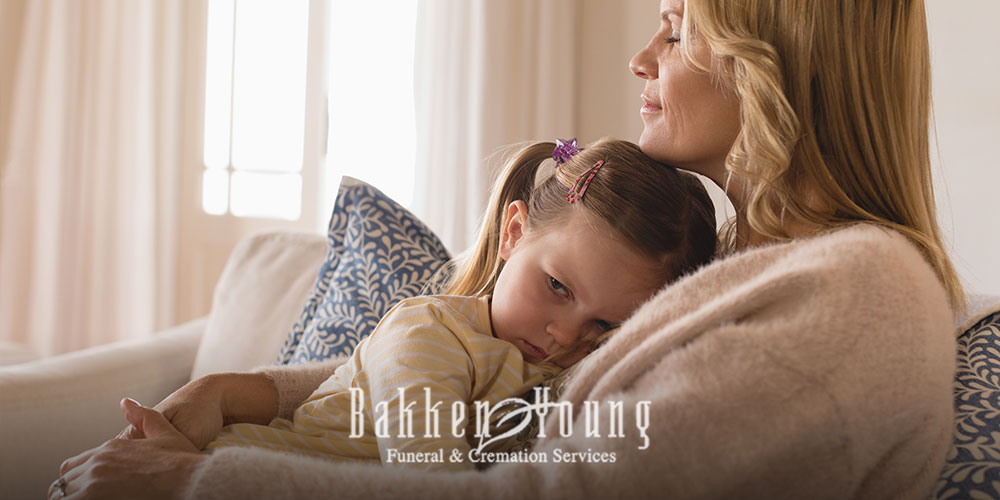by Chaplain Julia Rajtar, MAPS, BCC
Contextual. Grief is not solely an individual experience; grief is interwoven in a sociocultural context, influenced by family, community, and other social systems. Acknowledging and addressing the sociocultural and historical factors that impact grief can reduce disparities and promote equity and inclusion. https://www.dougy.org/assets/uploads/Being-Grief-Informed-from-Understanding-to-Action.pdf, Dougy Center
Grief is both individual and relational. Our family structures, and the way we function within them, teach us what is and is not acceptable when grieving. For instance, if a parent or adult in the family consistently says, “Don’t cry,” as a way to comfort, a person eventually learns not to cry when painful things come their way. Tears and sadness are natural responses to loss, as is expressing the pain, yet that might be suppressed for some, because that’s what they learned in their family system.
A bereaved shared the story of their parent experiencing the horror of WWII, living in a country that was invaded such that the individual and their family were ridiculed and mistreated, had to hide their identity, patriotism, and culture. The family had to suppress their emotions as they grew up. From then forward, that culture of “hiding feelings” became the family norm, impacting their grieving and relationships later in life.
There are family or community structures wherein children learn to limit their ability to share their emotions and grief after a loss, for example, in a family where a parent or another family member is incarcerated. If an individual related to that family circle has substance use, or if a parent is very rigid, those factors too can affect what we learn about grieving in a family.
The family system has a shared structure within which it operates, which includes behaviors, actions, roles, and rules that help it maintain some semblance of balance or homeostasis. When a person in the family dies, it upsets the homeostasis and re-developing that new balance of operating or functioning can take longer than the grieving itself. For instance, if the father dies, sometimes children, particularly older children, try to take on some of the role of the father.
Understanding our family system and the way it functioned while growing up has taught us how to express our grief when painful events come our way. The reality is, there is no perfect family. Adults and parents do their best to teach children values and create a sense of family structure where children can flourish and the family bonds and grows together. Thank you to all the adults and parents who care for children and create the best environment for children to grow.
If you find yourself stuck in your grief or unable to express your feelings when experiencing death or loss, gift yourself some compassion. Consider how it affects your life and your relationships. Decide next steps which can include seeing a counselor or mental health professional to help navigate how we express our grief.
“Family isn’t always blood, it’s the people in your life who want you in theirs: the ones who accept you for who you are, the ones who would do anything to see you smile and who love you no matter what.” Maya Angelou
Resources
National Alliance for Children’s Grief,(NACG) National Webcast 2025, “Producer”, McIntosh, Doneila L., MDiv, MA, LAMFT and Eaddy, Dr. Jamie, CT, CTP, “Family Dynamics and Grief: Strategies for Supporting Young People Through Loss”, [live webinar].
Schuurman, Donna L., EdD, FT & Mitchell, Monique B., PhD, FT, #UnderstandGrief Being Grief-Informed: From Understanding to Action. The Dougy Center, https://www.dougy.org/assets/uploads/Being-Grief-Informed-from-Understanding-to-Action.pdf.


Add Comment